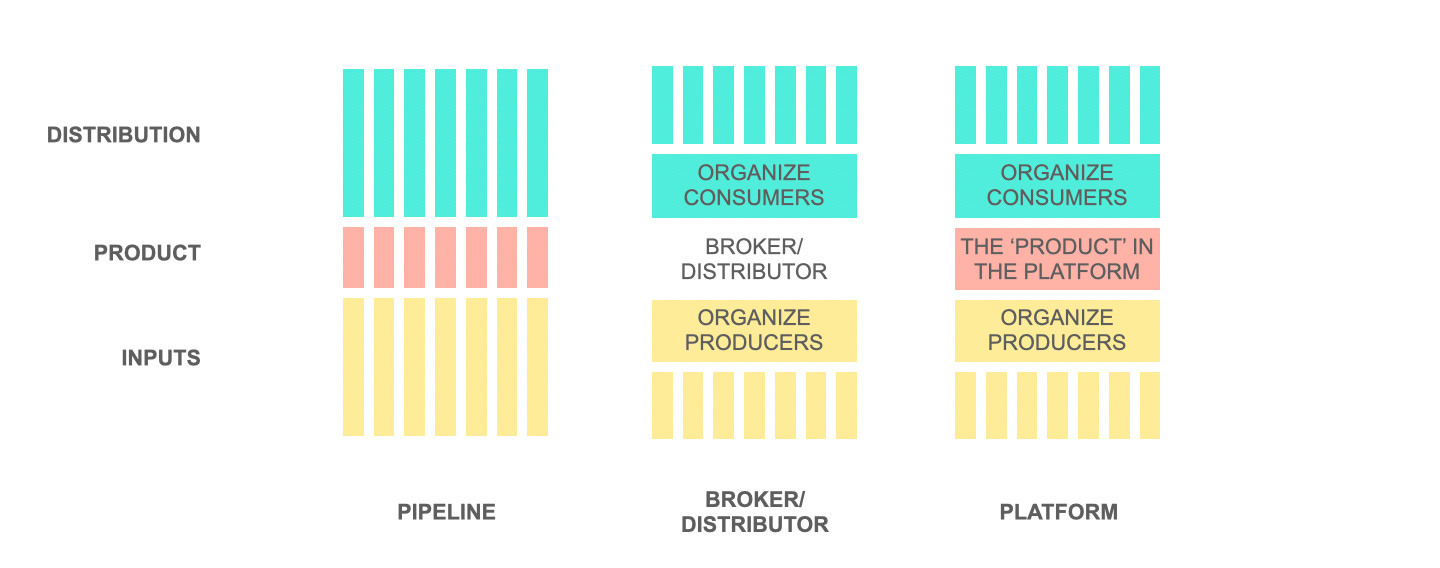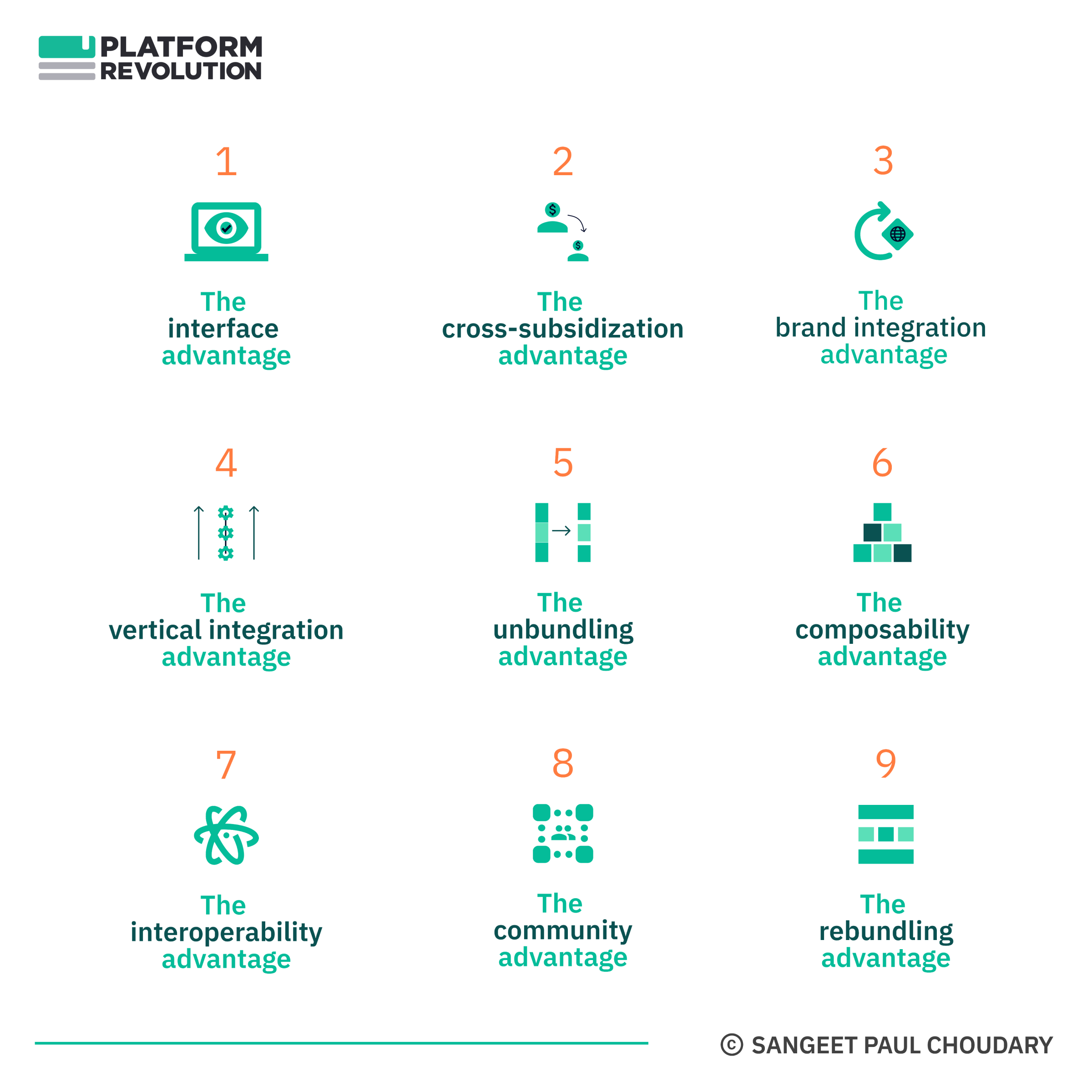Strategy
The future of competition
Understanding the Nature of Competition in the Digital Age
Understanding competitive strategy has long been an obsession of CEOs and business leaders. A lot of the drive for understanding the nature of competition stems from the assumption that business is a zero-sum game. Till very recently, that seemed true. Today, it doesn’t.
Michael Porter’s work on competitive strategy (not least the five forces model) has long served as some form of cornerstone for business strategy. The idea was that business success relied on the creation of moats and management of these five forces. The goal of business, in the Porterian sense, was to beat the competition.
But over the last fifteen years, we’ve seen a significant shift in how we think about competitive strategy. This started first with Blue Ocean Strategy dispelling the idea that zero-sum competition was all that one must obsess over. In parallel, Christensen’s work on disruptive innovation gained further ground as firms realised that your future competitor may look nothing like your current competitors.
Several things changed over the last couple of decades. First, the internet and global connectivity ensured that expansion of markets was no longer as onerous as it used to be. Second, with the rapid pace of innovation over the last two decades, innovation has rapidly become much more important than winning zero-sum competitive games.
But most importantly, the internet allows entirely new markets to be created that didn’t exist in the past. Two aspects of this were explored by Chris Andersen when he looked at how the internet leads to the creation of long tail demand (and supply) leading to market interactions that would never have existed in the past (Book: The Long Tail) and how the internet allowed the creation of markets where products and services could be exchanged for free (Book: Free).
When competitive advantage moves from resource ownership to ecosystem orchestration
Feel Free to Share
Download
Our Insights Pack!
- Get more insights into how companies apply platform strategies
- Get early access to implementation criteria
- Get the latest on macro trends and practical frameworks
How platforms change competition
While both long tail interactions and free interactions have changed how we think about strategy, the most transformative shift to impact competition yet may only just be starting out. This is the ability to create entirely new markets and bring order to existing disordered markets. This is what platforms do.
The notion of competition changes dramatically with platforms.
First, traditional competition was built on exclusive access to supply-side resources e.g. an oil field. Platform competition, instead, is built on exclusive access to the ecosystem around the platform and the data about their interactions. The platforms with the most active ecosystems and the ability to mine their interaction data win.
Second, while traditional competition played zero-sum games, platforms focus on growing the pie with others in their industry participating on them. Collaboration co-exists with competition. Today, Ford doesn’t simply have to worry about competing with Apple or Google, it has to also figure out how to participate in Apple’s ecosystem in some way so as not to be left behind like Nokia and Blackberry. Strategic considerations on recognising competition and their key source of competitive advantage aren’t straightforward anymore. We’ve seen this with how Android has had to repeatedly stave off competition from members of its own ecosystem, like Samsung and Amazon.
I’m writing about competition because my research partners – Marshall Van Alstyne and Geoffrey Parker – and I have been digging into this a lot of late and have worked on advising several industry leaders on the competitive movements that they see in their industry. We’ve put together a lot of our observations in our forthcoming book Platform Revolution. We’ve also written an article in the April issue of the Harvard Business Review discussing the intricacies of competition in a world of platforms.
The deck below showcases some of our work in this area in a fast pacy read. If you’d like to get a deeper view, you should get a copy of Platform Revolution and watch out for the next issues of the HBR as well. But for now, have a look at the deck below to whet your appetite on this topic.
TWEETABLE TAKEAWAYS
The future of competition Share this
Why platform competition is fundamentally different from pipeline competition Share this
When competitive advantage moves from resource ownership to ecosystem orchestration Share this
State of the Platform Revolution
The State of the Platform Revolution report covers the key themes in the platform economy in the aftermath of the Covid-19 pandemic.
This annual report, based on Sangeet’s international best-selling book Platform Revolution, highlights the key themes shaping the future of value creation and power structures in the platform economy.
Themes covered in this report have been presented at multiple Fortune 500 board meetings, C-level conclaves, international summits, and policy roundtables.
Subscribe to Our Newsletter













